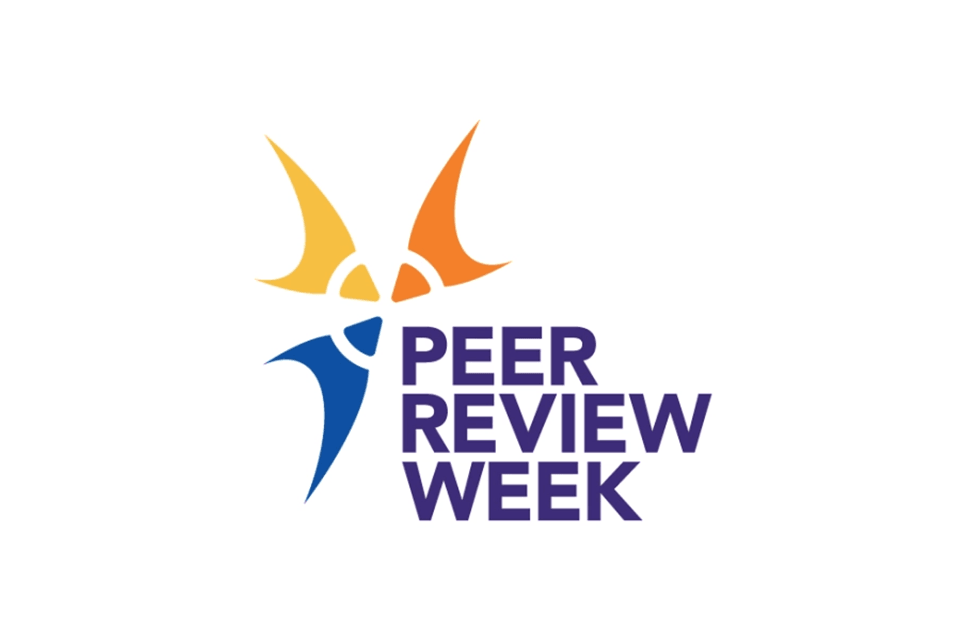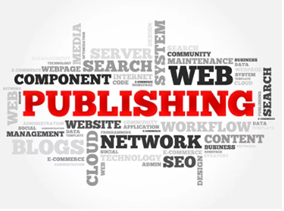
For Peer Review Week, KGL recently interviewed five scholarly journal editors and publishing professionals on the state of peer review in 2023.
Instructions can be a valuable resource, particularly if you pay attention to them. Whether you’re trying to replicate a mouthwatering recipe, assemble a holiday toy, or just use that new ‘thing’ that you’ve received, your goals are to do it quickly, do it right, and produce something valued and useful.

Since 2009 when the American Society of Civil Engineers (ASCE) instituted the “Publish Ahead of Print” model, the ASCE Journals have been steadily moving to a new publishing model—article-based publishing, or “Issues in Progress.” In this model, instead of placing articles online in a “Just Released” section of the ASCE Library, articles are placed in “open” issues. Essentially this means that at any given time, an issue is “open” online where articles are placed until the issue closes and the next issue is opened. This allows authors to now have both the DOI and the volume and issue number of their article as soon as it is placed online. This is a big step forward for a society publisher, but how did we get here and what were the pain points of the various publishing models employed over the years?
Some of the most rewarding experiences in my career by far have been the close relationships I’ve established with journal editors over the years. I have found that the longer I’ve been in this business, the more these relationships have turned into partnerships—and in some cases—friendships.
As part of the 2023 KGL PubFactory Virtual Series, on October 11 we hosted Industry Day, a half-day online seminar of insights, discussion, and practical takeaways for the scholarly publishing community.
KnowledgeWorks Global Ltd. and PubFactory once again opened our virtual platform community group series to the wider scholarly publishing field on Industry Day , October 11, 2023.
Peer Review Week is an annual event to celebrate the value of peer review that brings together scholarly communication stakeholders, including academic publishers, associations, institutions, and researchers.
A journal’s workflow dictates how articles make their way through submission, peer review, decision-making, production and then, into an issue and the hands of readers. Whether a print publication or an online (digital) publication, the editorial office workflow is a critical component to compiling articles for an issue and how that issue is released.
f you’re currently in the driver’s seat of your journals’ social media program, you may find it daunting in a variety of ways. With every post I crafted for our journal social media accounts, I’d find myself questioning if what I wrote captured the most compelling takeaway for that particular research article.








